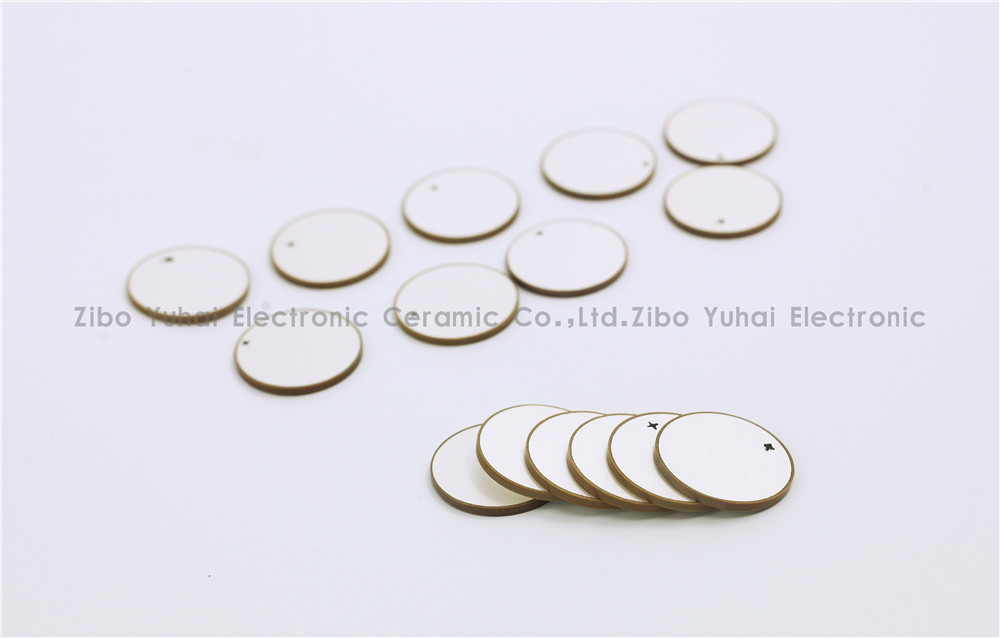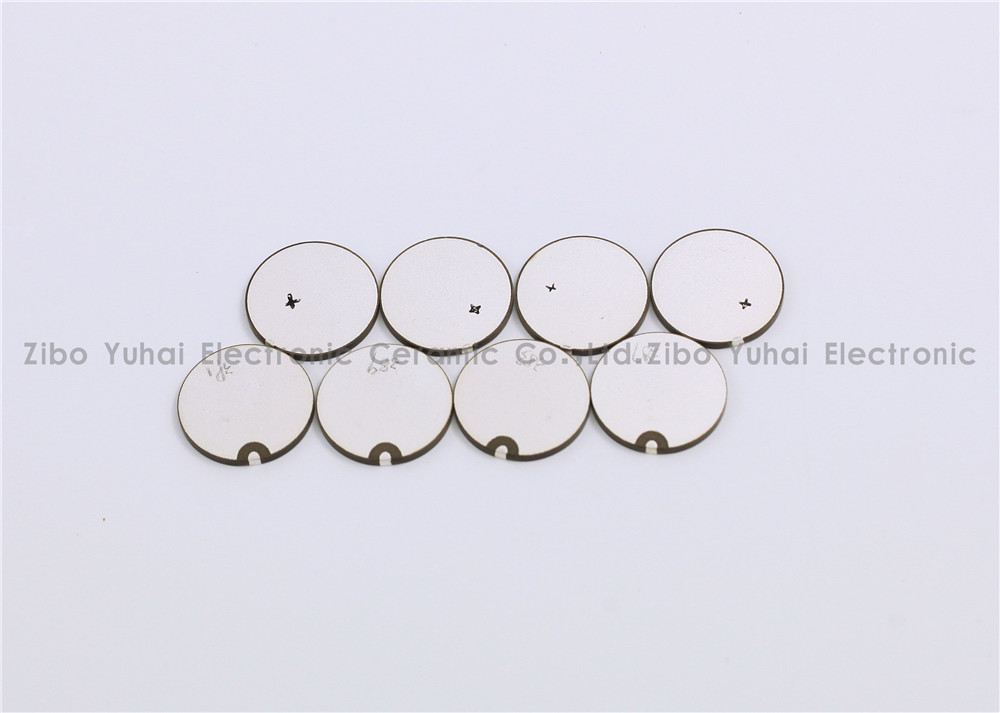Whether it is a magnetoelectric system, an electromagnetic system, an electric system, an induction system, or an electrostatic system instrument, it generally has a rotational torque, a reaction torque, and a damping torque. (1) Torque The measuring mechanism can generate a rotating torque for deflecting the meter under the action of the measuring, and the magnitude of the rotating torque is related to the performance of each component of the measuring mechanism. The rotating torque can be generated by electromagnetic force, electric power, electric field force or other force. The different ways or different principles of the rotational torque constitute different series of indicating instruments. For example, the magnetoelectric meter uses the electromagnetic force between the movable coil and the permanent magnet to generate torque; the electric instrument uses the movable coil and the fixed The electric power between the coils; the electrostatic instrument uses the electric field force between the movable electrode and the fixed electrode, and the like. Each measuring mechanism, which is based on which principle, consists of a fixed part and a movable part. (2) Reaction torque When the movable portion is deflected, a reaction torque which increases with an increase in the deflection angle can be generated, so that the deflection angle can reflect the size of the measured child. If the movable portion of the instrument is deflected under the action of the rotational moment, if there is no reaction torque Balanced, then no matter how large the measurement is, the movable part should be deflected to the final position until it can no longer be rotated. Therefore, the instrument without reaction torque can only reflect the measured or not, but can not measure the measured size. . The direction of the reaction torque is always opposite to the rotational moment. When measured, the rotational torque of the measuring mechanism is constant, and the movable part starts to deflect under the action of this moment. As the deflection angle changes, the opposite direction acts. The moment is also changing, when the rotational torque and the reaction torque are exactly equal. At this time, the tilting part is no longer rotated due to the torque balance, and the deflection angle has a hidden value, which is achieved by using the deflection angle clamp to indicate the measured value. The purpose of the basin size. (3) Damping torque When the movable part is deflected, an appropriate damping torque can be generated to limit the swing, so that the movable part is stabilized in the equilibrium position as soon as possible. After the meter is energized, its movable part is deflected. However, since the movable part has inertia, it cannot be stopped immediately when it reaches the equilibrium position, and as a result, the deflection is over the head. After the deflection is over the equilibrium position, due to the reaction torque ratio The torque is large, the total torque is changed, and the deflection speed is gradually slowed down and finally reaches zero. However, the position of the movable part is not the equilibrium position, but has exceeded the equilibrium position. Therefore, in the total Under the action of the residual torque, the movable part is reversed to the balance direction. When the movable part is turned back to the equilibrium position, it cannot be stopped immediately due to the inertia. In this way, the movable part can swing back and forth for a long time in the equilibrium position, and finally can be stabilized in the equilibrium position, so that the measurement reading cannot be obtained as soon as possible. Therefore, the damping device for generating the damping torque is usually installed in the meter. In order to absorb the swing energy, the movable part is quickly stabilized in the equilibrium position. It should be noted that the damping torque is generated only when the movable portion is moved, and its magnitude is only related to the moving speed of the movable portion, regardless of its deflection angle. Its direction is always opposite to the moving direction of the movable portion. Therefore, the damping torque only dampens the movement of the movable part without affecting the magnitude of the deflection angle. In other words, it is the stable deflection angle of the movable part, which is only the balance between the rotational moment and the reaction torque. Determined, regardless of the damping torque. Piezoelectric Discs For Flowmeter Sensor
Piezoelectric ceramic disc
Quick delivery
High performance
Application: flow meter measurement
There are many kinds of USF used in closed pipeline according to the measuring principle, and the most commonly used are propagation time method and Doppler method. Among them, time difference ultrasonic flowmeter is used to measure fluid flow by the principle that the time difference of sound wave propagating downstream and countercurrent is proportional to the velocity of fluid flow. It is widely used in raw water measurement of rivers, rivers and reservoirs, process flow detection of petrochemical products, water consumption measurement of production process and other fields. According to practical application, time-difference ultrasonic flowmeter can be divided into portable time-difference ultrasonic flowmeter, fixed time-difference ultrasonic flowmeter and time-difference gas ultrasonic flowmeter.
Ultrasonic flow-meters use at least two transducers aligned so that ultrasonic pulses travel across the flow of liquid or gas in a pipe at a known angle to the flow.
Technical data:
Electromechanical coupling coefficient Kp: > 0.62
Dielectric Loss tg δ: <2%
Nominal Piezo discs for ultrasonic flowmeter:
OD14.2*1MHz PZT-51
OD14.6*1MHz PZT-51
OD15*1MHz PSnN-5
OD15*2MHz PSnN-5
OD20*2MHz PSnN-5
OD15*1MHz PZT-51
OD15*2MHz PZT-51
OD20*2MHz PZT-51
Size, Frequency and Electrode on request.
Piezoelectric Ceramic Disc,Piezoelectric Disk Flow Meter,Piezoelectric Flow Sensor,Piezo Discs Flowmeter Zibo Yuhai Electronic Ceramic Co., Ltd. , https://www.yhpiezo.com

